[1] Why is the efficiency of a three-phase Induction Motor is less than that of a three-phase Transformer?
- Three phase Induction motor is nothing but a rotating transformer.
- Due to rotating nature, there are friction and winding losses associated with it.
- On the other hand, the three-phase transformer is a static device, thus there are no rotational losses.
- Thus the efficiency of three-phase induction motor is less than that of a three-phase transformer.
[2] Why the air gap between the pole pieces and the armature is kept very small?
- The air gap between the pole pieces and the armature is kept very small to keep the field strength at its highest value.
- This is due to the reason the flux lines can pass through iron very easily than the air gap.
- The small air gap generates high voltage.
- Larger the air gap means stronger must be the magnetizing force to produce the required voltage hence the air gap is kept very small.
[3] Why does curving the pole faces in a DC machines contributes to a smoother DC output voltage from it?
- For having smoother output voltage from DC machines its commutation must be as ideal as possible.
- In order to have good commutation the flux density in the air gap must decrease gradually from maximum value under the center of the pole to zero on the interpolar axis.
- The flux distribution which drops abruptly from maximum to zero leads to commutation difficulties and magnetic noise.
- Thus to achieve good air gap flux distribution the pole faces are curved which improves the commutation and contributes to a smoother DC output voltage.
[4] The series field winding has low resistance while the stunt field winding has high resistance. Why?
- The series filed winding is always connected in series with the armature and thus has to carry the armature current which directly gets decided by the load.
- Thus the current passing through series field winding is of high level.
- The voltage drop across series field winding gets added to the voltage drop across armature winding while deciding the back emf. This voltage drop must be very small.
- Hence as the current through series field winding is high, in order to keep voltage drop across it to a small value, its resistance is very low.
- On the other hand, the shunt field winding is directly connected across the rated supply voltage hence to limit current through it, resistance is very high.
[5] What are the conditions to be satisfied for parallel operation of DC generators?
- The polarities of the generators must be same or the connections must be interchanged till they become same.
- The voltages of both the generators must be equal.
- The change of voltage with change of load should be of same character.
- The prime movers driving the generators should have stable and similar rotational speed characteristics.
- The positive and negative terminals of generators must be connected properly to the positive and negative of bus bar.
[6] What are the major parts of the DC generators?
- Yoke Poles
- Field winding
- Armature
- Armature winding
- Commutator brushes
[7] What is a commutator?
The commutator is a device which converts alternating induced emf in a generator to DC emf. In case of motor it produces unidirectional torque.
[8] What is meant by reactance voltage?
- An armature coil has certain self inductance.
- When coil undergoes commutation, there is change in current (di) in that coil and the commutation takes certain time(dt).
- Thus there is self-induced emf in a coil undergoing commutation given by L(di/dt).
- This EMF induced in the coil undergoing commutation is called reactance voltage.
[9] What is the function of an exciter?
the exciter is used to excite the field winding of synchronous machine by a dc supply.
[10] What are the functions of yoke? What is the choice of material for the yoke?
- It gives the mechanical support to the poles.
- It acts as an outermost cover of the dc machine. Thus the insulating materials get protected from moisture, dust and flammable gases.
- It forms a part of the magnetic circuit. It provides a path of low reluctance for magnetic flux.
Materials used for Yoke:
- It is prepared by using cast iron.
- For large machines rolled steel, cast steel and silicon steel is used. They provides high permeability
[11] Define coil span
It is defined as the distance on the periphery of the armature between two coil sides of a coil. Usually, it is expressed in terms of no of slots or degrees electrical
[12] Define coil span factor or pitch factor
The factor by which there is a reduction in the emf due to short pitching of the coils is called coil span factor.
It is defined as the ratio of the resultant emf when coils are short pitched to the resultant emf when coils are full pitched.
KC = [ER when coil is short pitched]/[ER when coil is full pitched] = cos (α/2)
Here α = angel of short pitching
[13] Define distribution factor or winding factor
The factor by which there is a reduction in the emf due to distribution of coils is called distribution factor (Kd).
The distribution factor is defined as the ratio of resultant emf when coils are distributed to the resultant emf when coils are concentrated.
It is also known as winding factor or breadth factor.
Kd = sin(mβ/2) / msin(β/2)
[14] Explain the concept of Electrical Degree. Give the relation between electrical angle and mechanical angle.
The angle through which an induced alternating emf travels for mechanical rotation of conductors is called an electrical degree.
For 2 pole machine, electrical angle is same as mechanical angle of rotation.
For P pole machine the relation between the electrical degree and mechanical angle is θe = P/2(θm)
[15] What is meant by Mechanical Angle?
The angle through which the rotor or conductors of the machine rotates physically is called Mechanical Angle.
While the angle through which is induced emf in the conductors travels is called Electrical Angle.
[16] Define synchronous speed
The speed of the synchronous machine for which it produces alternating emf at a specified rated frequency for a fixed number of poles is called its synchronous speed. It is denoted as NS.
NS = 120f/P
f = frequency
P = No of poles
[17] What is the nature of the induced emf in a DC generator? How it is converted to DC?
The basic nature of the induced emf in a dc generator is alternating. It is converted to dc using commutator.

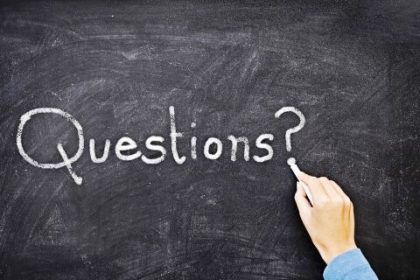
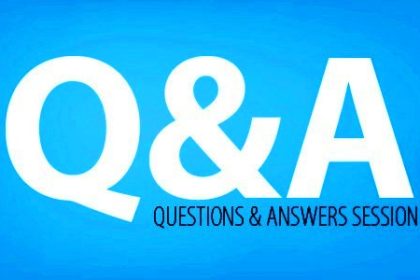


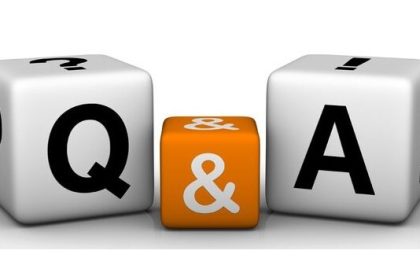
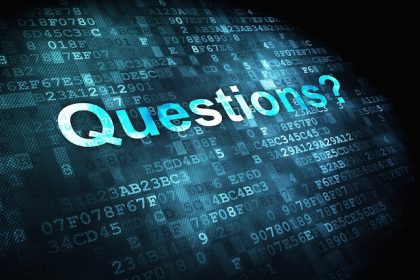


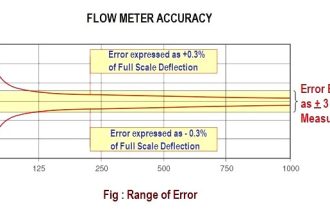
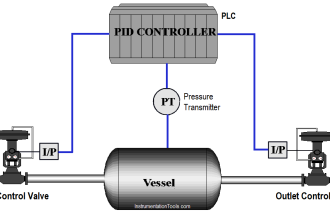
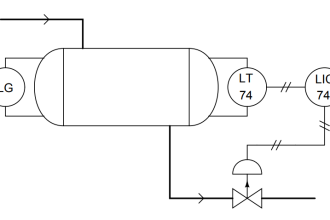
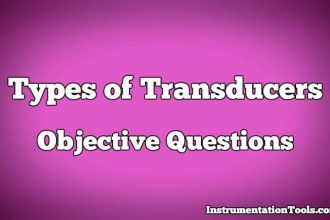
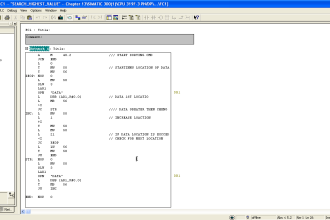
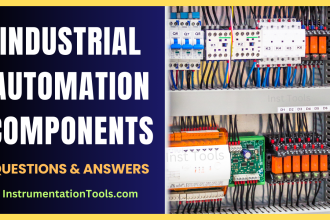
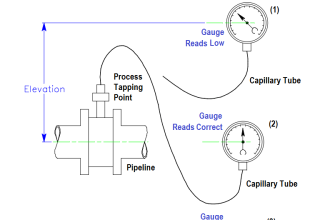

Nice